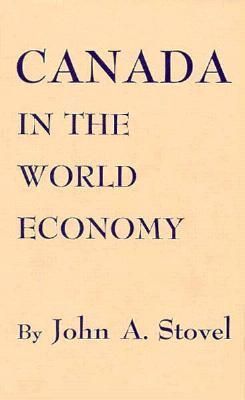
Canada in the World Economy
In his study of Canada, John A. Stovel examines the changes in that country's balance of payments and balance of trade from confederation to the present day, including as part of his examination historical, statistical, and theoretical points of view. The author also reexamines critically--and finds himself in sharp disagreement with--Jacob Viner's classic in the field, Canada's Balance of International Indebtedness, 1900-1913, which has long been considered the definitive analysis of the subject. Developing in Part I an eclectic theory of international balance of payments, and in Part II concentrating on the Canadian balance of trade and balance of payments in relation to economic developments preceding World War I, Stovel carefully prepares the foundation for a critique of Viner's analysis of the period 1900-1913. Discussing the inadequacy of the Mill-Taussig theory and its empirical verification, and observing the extent to which the newer theoretical developments have afforded increased understanding, Stovel criticizes Viner's statistics and the use to which they were put. He delineates with telling clarity the mutual interaction of many elements in cyclical growth development, as opposed to the oversimplified and inadequate causal links of the earlier theory. In addition to the wealth of analysis of the earlier period, the author investigates the interwar period, with the postwar boom and the depression of the thirties, presenting a careful analysis of the structural changes in the balance of payments during this period as well as indicating the change in Canada's relation to the United States and Great Britain. The concluding section of the book deals with the period following World War II, and the author indicates the possible lessons to be learned from Canada's experiences and the improvements in government policy that have taken place, especially with respect to exchange rates.